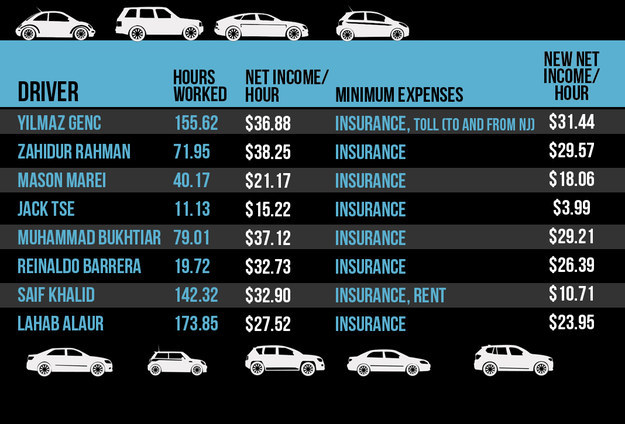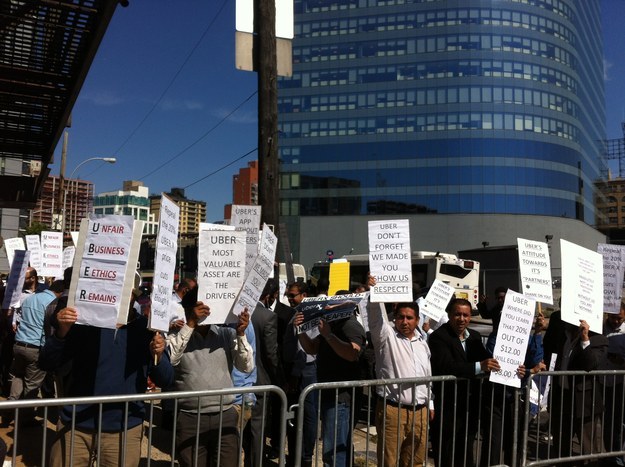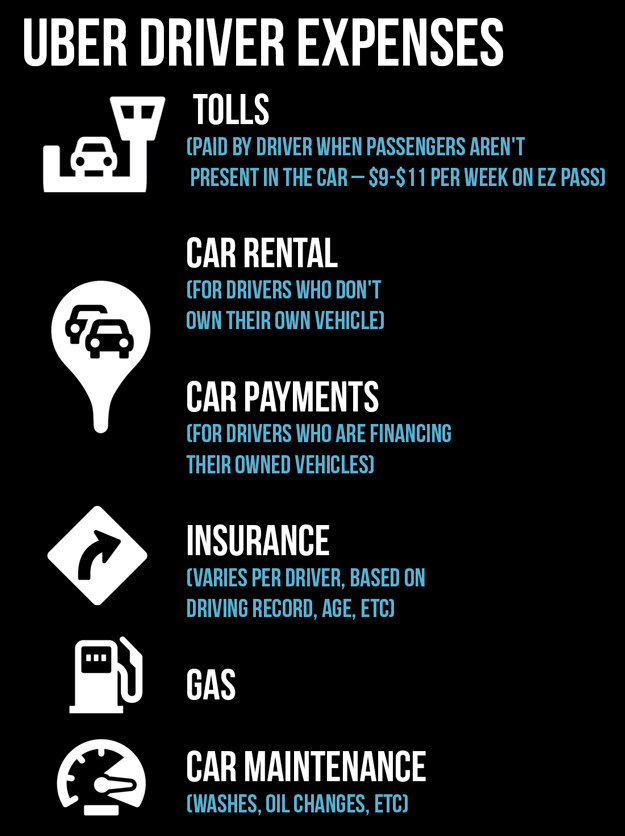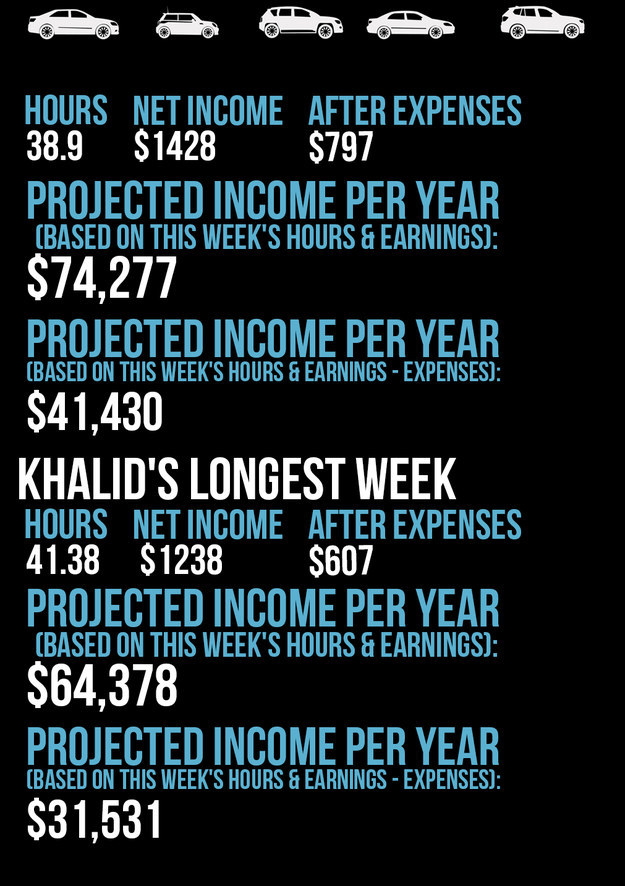Trudeau's torture policies no different than Trump's
February 24, 2017
The Trudeau government suffers from an acute case of cognitive dissonance, either failing to see (or cynically not caring about) the yawning gap between its lofty rhetoric and its actual policies. While a case can be made that this dissonance is apparent on many issues -- Indigenous rights, climate change, women's rights, poverty, racism, refugees and immigrants, electoral reform -- too many Canadians overlook the broken promises and embrace Trudeau simply because he is not Stephen Harper and, more recently, Donald Trump.
This allows folks like Public Safety Minister Ralph Goodale to get away with remarkable statements like his recent pronouncement that:
"Torture is contrary to the Canadian Charter of Rights and Freedoms, it's contrary to the Canadian Constitution, it's a violation of the Criminal Code, it's inconsistent with virtually every international treaty Canada has ever signed, including the Geneva Convention(s), and most importantly, Canadians find it abhorrent and will never condone it. Period."
Goodale's remarks followed Trump's ABC News interview in which the U.S. president said torture "absolutely" works and that his country's state security agencies need to "fight fire with fire."
While Canadians may indeed find torture abhorrent, that fact alone does not prevent the Canadian government from being up to its neck in torture complicity. Indeed, for decades, Canada's state security agencies have behaved exactly as if Donald Trump were their boss, playing fast and loose with the binding prohibitions against involvement in torture. Canadian officials can trumpet their opposition to torture all they like, but their policies reveal a different reality of, at best, turning a blind eye to the thumbscrews and electric shocks being employed by some of their closest allies.
Canada backs Ukraine's torture-tainted regime
For example, this week, the Canadian government confirmed it will extend its costly military "training mission" in support of a Ukrainian regime that Human Rights Watch implicates in arbitrary detention, torture, suppression of media, violence against women, a refusal to provide workplace protections for LGBT folks, and other "shared values."
At the same time, Trudeau has continued the Harper regime's policies of prioritizing economic interests ahead of human rights across the globe. One of the first overseas meetings War Minister Harjit Sajjan held was with his counterpart under the Egyptian regime, one brought to power by a coup that overthrew a democratically elected government. While Canada and Egypt cozy up on military matters (with the potential for increased weapons sales), neither Goodale nor Sajjan is stepping up to condemn the widespread torture and arbitrary arrest and detention of upwards of 40,000 people.
Sajjan himself knows a thing or two about torture. He is potentially implicated in acts of torture in Afghanistan, given his close working relationship with Kandahar Governor Asadullah Khalid (who was known to personally torture detainees in the dungeon underneath his guest house). Sajjan's "intelligence" is credited with the "kill or capture" of some 1,500 individuals. Given the rampant use of torture by the National Directorate of Security and other arms of the Afghan regime, it is highly unlikely that Sajjan did not know the bleak fate of those turned over by Canadian soldiers.
When the Harper regime shut down an investigation of Canadian complicity in the torture of Afghan detainees, then opposition MP Stéphane Dion told the CBC "the likelihood is very high" that Afghan detainees were abused in custody, adding, "I don't think Canadians will accept that it's over." But once the Liberals took power, they shifted gears. Given the opportunity to clear the air about Canadian complicity as well as his own role in Afghanistan, Sajjan -- despite the clear conflict of interest -- saw no problem in deciding whether a public inquiry should be held. Predictably, he refused to open one.
Peggy Mason (a former Canadian Disarmament Ambassador to the United Nations and now head of the Rideau Institute) declared that the transfer to torture issue is "unfinished business of the most serious kind -- accountability of Canadian officials for alleged serious breaches of international and national law -- the only appropriate remedy for which is a public inquiry. What better way is there for this government to demonstrate its commitment to transparency and accountability than to call such an inquiry?"
Goodale refuses to rescind torture memos
Ralph Goodale, meanwhile, has refused to act on a Liberal promise to rescind the Harper-era torture memos, which granted CSIS, the RCMP, the Canadian Border Services Agency, the Communications Security Establishment, and the War Dept. a free pass to trade information with torturers. The widely respected International Commission of Jurists (ICJ) notes that the practice of trading in torture-tainted information:
"[u]ndermines the absolute prohibition on torture which entails a continuum of obligations -- not to torture, not to acquiesce in torture, and not to validate the results of torture and other cruel, inhuman or degrading treatment."
In 2009, the ICJ condemned such policies in a report that declared:
"States have publicly claimed that they are entitled to rely on information that has been derived from the illegal practices of others; in so doing they become 'consumers' of torture and implicitly legitimize, and indeed encourage, such practices by creating a 'market' for the resultant intelligence. In the language of criminal law, States are 'aiding and abetting' serious human rights violations by others."
Of course, agencies of the Canadian government have long been consumers of torture, including the torture-by-proxy cases of numerous Canadian citizens. Two judicial inquiries -- one held completely in secret, and the other mostly behind closed doors -- nonetheless found that the Canadian government was complicit in the torture of Maher Arar, Abdullah Almalki, Ahmad Abou-Elmaati and Muayyed Nureddin. The torture occurred under previous Liberal governments in the years after 9/11.
All were wrongly labelled security threats, and subjected to torture-by-proxy in Syria and Egypt, whose torturers were provided questions by Canadian officials, with the complicity of the RCMP, CSIS, Global Affairs, the Department of Justice, and other agencies. While Mr. Arar received an apology of sorts from the Canadian government as well as compensation, the other three cases remain unresolved to this date. Mssrs Almalki, Abou-Elmaati and Nureddin, and their families, have been forced by the Canadian government to endure a 12-year legal struggle as they seek an apology, systemic changes and accountability, and compensation.
While the Harper government predictably fought the men and their families in court, the Trudeau government, elected on the wings of change, saw no reason to change course. Indeed, Goodale may condemn torture when it comes to the Trump administration, but he refuses to do so when it comes to the practices of agencies for which he is responsible.
Goodale and Trudeau ignore the fact that on December 3, 2009, a majority of the House of Commons, including the Liberals and NDP, called on Prime Minister Stephen Harper to take specific steps to achieve justice in these cases. Harper refused to act, and eight years later, the Trudeau government continues to defend the torturers.
The text of that 2009 motion is worth remembering:
"In consideration of the harm done to Mr. Almalki, Mr. Abou-Elmaati and Mr. Nureddin, the Committee recommends:
• That the Government of Canada apologize officially to Mr. Abdullah Almalki, Mr. Ahmad Abou-Elmaati and Mr. Muayyed Nureddin.
• That the Government of Canada allow for compensation to be paid to Mr. Almalki, Mr. Abou-Elmaati and Mr. Nureddin as reparation for the suffering they endured and the difficulties they encountered.
• That the Government of Canada do everything necessary to correct misinformation that may exist in records administered by national security agencies in Canada or abroad with respect to Mr. Almalki, Mr. Abou-Elmaati and Mr. Nureddin and members of their families.
The Committee recommends that the Government of Canada issue a clear ministerial directive against torture and the use of information obtained from torture for all departments and agencies responsible for national security. The ministerial directive must clearly state that the exchange of information with countries is prohibited when there is a credible risk that it could lead, or contribute, to the use of torture."
Needless to say, Liberals in opposition are not the same as Liberals in power. Mr. Goodale speaks a good line on international law, but refuses to recognize that as a signatory to the Convention Against Torture, Canada is required to "ensure in its legal system that the victim of an act of torture obtains redress and has an enforceable right to fair and adequate compensation, including the means for as full rehabilitation as possible."
A lengthy history of racism
The cases of Almalki, Abou-Elmaati and Nureddin present a face of Canada most refuse to recognize. That failure to see allows amnesia to cloud the still-unresolved cases of Omar Khadr and Abousfian Abdelrazik, also Canadians tortured with the complicity of their government. Equally concerning are the cases of security certificate detainees Mohamed Harkat and Mohammad Mahjoub, who are fighting deportation to torture in Algeria and Egypt, respectively, based on secret allegations from torture-tainted spy agency CSIS. All of them symbolize a long, ugly history of racism and human rights abuses that we tend to sweep under the rug.
Indeed, as the Truth and Reconciliation report revealed, the residential school system imposed on Indigenous children was, in certain respects, this nation's first venture into the world of rendition to torture. The kidnapping and secreting away of children from their loved ones, and the abusive treatment many were subjected to while under government and church control, rivals the 21st-century horror stories that have emerged from such scandalous places as Abu Ghraib, Bagram Air Force Base, and Guantanamo Bay. The fact that the sexual assaults, cigarette burnings, and broken bones inflicted on Indigenous children took place in a democratic country does not in any way differentiate their suffering from those Arab Muslims who have endured years of similar agonies under torture states abroad.
The Trudeau government's approach of defending those agencies and individuals responsible for torture complicity is -- like Obama's abysmal forgive-and-forget free pass to those Bush administration officials complicit in torture -- a grant of impunity that leaves in place a torture-enabling mindset. With no sign that anyone will be held accountable, such nefarious practices will continue. The practices of both Liberal and Conservative federal governments since 9/11 reveal how complicity in torture has had a corrosive effect on democratic institutions and decision-making. The proof is in the actions of a prime minister who will shut down Parliament to avoid questions (as Harper did while under fire for Afghani torture), the refusal to initiate criminal proceedings against those found to have contributed to torture, or the insistence of state security agencies like CSIS and RCMP on absolute secrecy and zero oversight of their netherworld activities.
Torture and the Anti-Terrorism Act
The latest manifestation is one section of the Anti-Terrorism Act (a.k.a. C-51) that recalls the bone-chilling justification of torture by former White House counsel John Yoo (who advised "cruel, inhuman, or degrading" treatment is not torture, and the threshold for something to be deemed torture must be "serious physical injury, such as organ failure, impairment of bodily function, or even death"). Under C-51, CSIS is advised that in the process of terror plot disruption, they cannot intentionally or through negligence cause "death or bodily harm to an individual," a vague statement considering the elastic definition of intentionality. (Bodily harm is defined as "any hurt or injury to a person that interferes with the health or comfort of the person and that is more than merely transient or trifling in nature.") It would seem that CSIS cannot be held responsible, therefore, if someone in their custody "accidentally" falls out of a helicopter or six-floor window.
As discussed in previous columns, Trudeau and his colleagues appear to take a perverse delight in a Trump administration that sets the bar so low that anything which is not Trump -- or which does not appear to be Trump -- is deemed praiseworthy and acceptable. Indeed, while Trudeau continues to endanger the lives of desperate refugees who risk freezing to death to reach Canada (through his refusal to rescind the Safe Third Country Agreement), Trump-despising editorialists at the Washington Post and New York Times position Trudeau as a man of light and hope in a time of bleak prospects. Given the Trudeau brand, all it takes is a smiling tweet for the U.S. media to swoon and the Canadian media to give him a pass. While the Toronto Star tallies Trump lies and deceits, this leading Canadian newspaper dedicates no similar space to the dishonesty emanating from Ottawa. Cognitive dissonance is contagious.
Matthew Behrens is a freelance writer and social justice advocate who co-ordinates the Homes not Bombs non-violent direct action network. He has worked closely with the targets of Canadian and U.S. 'national security' profiling for many years.



